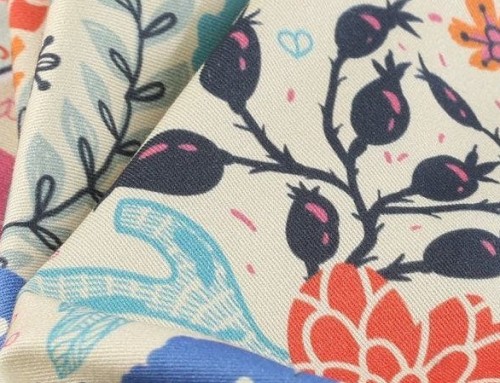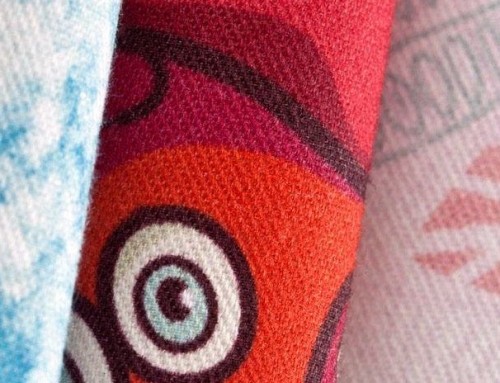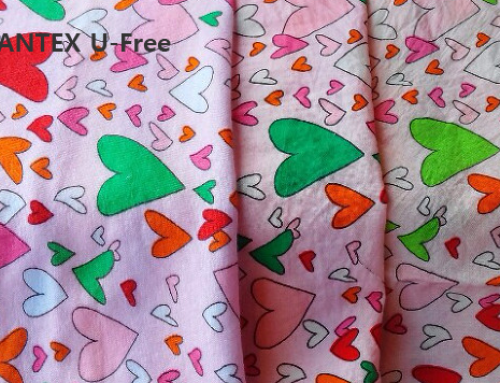In cotton printing you can now print without UREA. Stay away from the stress of environmental regulations.
In order to develop environmentally friendly low pollution dyeing process technology, there is an urgent need for mechanical / chemical technology that can reduce the UREA used in printing of reactive dyes and acid dyes. For this purpose, the technology was developed by the Korea Institute of Industrial Technology (President: Young-hwan Park) through the government support project for three years (1997.8.1 ~ 2000.6.30) at the National Clean Production Support Center.
Project name: Development of element reduction technology in printing process
1. Purpose of Business
ㅇ Development of element reduction technology in printing process
-Mechanical method: Development of pre-humidification device in the heating device (by fiber material)
-Chemical method: Development of urea saving printing prescription technology by selecting urea replacement products
2. Business Development
ㅇ First year
-Development of Urea Reduction Technology for Cellulose Textile Printing Process: Color protection prescription design through analysis of reactive dye-element correlation
-Improvement of dyeing by mechanical method in cotton, rayon printing process
-Optimal condition test according to color prescription and printing method using urea replacement products
ㅇ 2nd year
-Development of Urea Reduction Technology in Printing Process Using Acid Dye: Acid Acid Dye-Color Prescription Design through Correlation Analysis with Urea
-Silk, wool, nylon-Analysis of factors that improve dyeing enhancement effect by mechanical method in acid dye printing process
-Optimal condition test according to color prescription and printing method using urea replacement products
ㅇ 3rd year
-Establishment and dissemination of urea printing technology for natural, synthetic, and composite materials
Urea reduction printing process design applicable to the printing of cellulose (cotton, rayon), protein (silk, wool) and synthetic fiber (polyester, nylon) composite fiber materials
Establishment of field protection prescription technology that can improve color development
· Development of printing technology that can be applied to composite fiber material printing of cellulose, protein and synthetic fiber
3. Business result
ㅇ The use of pre-humidity system for printing silk and cotton fabrics reduces urea usage by 30% on average, and the dye savings rate increases by 20% and 18% on average, resulting in a 20% increase in productivity. The cost could be reduced by 10%.
ㅇ The results of the field application experiment showed that the K / S value improved more than the case of the search and application to the neutral color product, which showed a great effect on the dye printing product.
ㅇ A system can be developed to select a process that requires full humidification and a process that does not need to be used, and work can be performed quickly according to the material used, thereby reducing the operating cost of the company.
ㅇ This development device can be installed relatively easily and close to the existing steam inlet. It can be manufactured at low cost, so it is possible to expand the base of domestic supply and to have the competitiveness of products for foreign humidification equipment.
ㅇ In addition, it is possible to reduce the amount of urea and dye used for dyeing wastewater in the printing industry.
However, as of this writing, the technology that can be easily applied has not been developed yet. This site is very pleased to introduce new processing aids that will soon reduce or eliminate the UREA used in all areas of printing.



